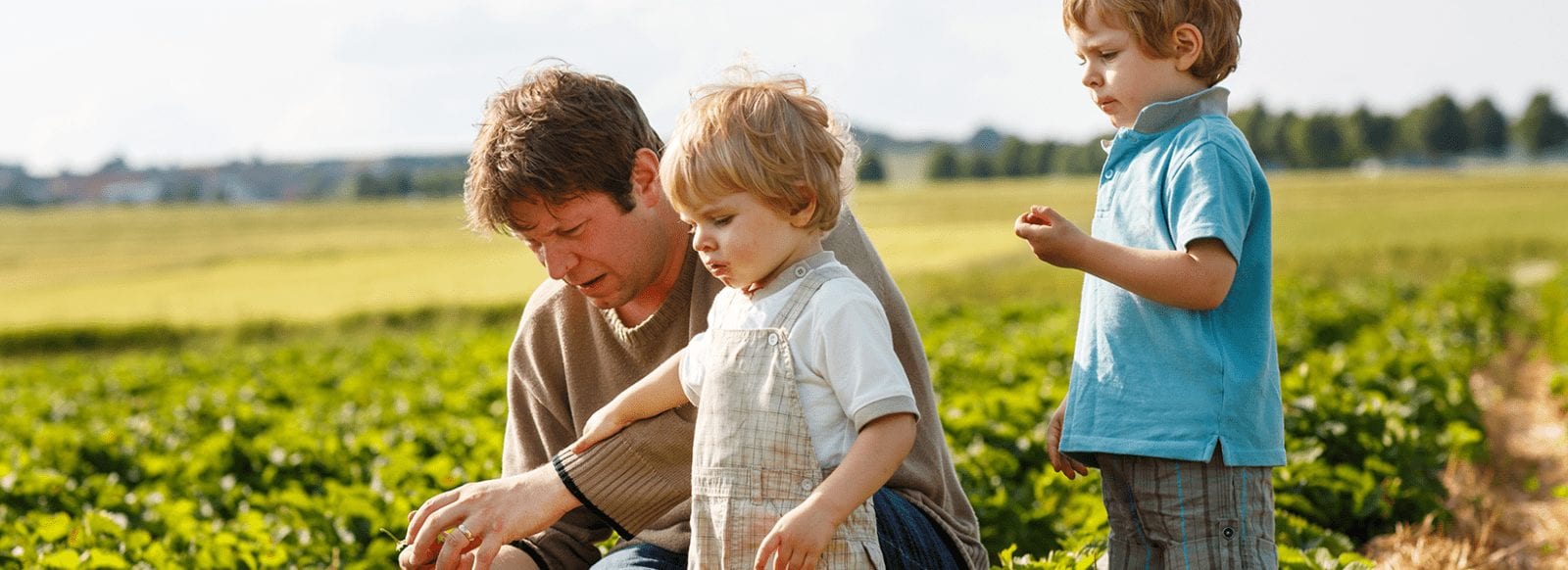As farmers who’ve lived on and farmed the same property for over a hundred years, the Hayes family knows more than just a little bit about how farming used to be and how it is today.
“My great grandfather and grandfather bought our farm in 1906 when they moved here from their place in Illinois,” says retired soybean and corn farmer Tom Hayes. “The Kankakee River had just been dredged, so the soil near there was kind of a sandy loam.”
Although the soil quality on their Illinois farm was excellent, the land in neighboring Indiana was much cheaper, making it easier for them to own more land. “The soil was lighter than the black dirt they were used to in Illinois, but it was very farmable,” he explains.
The Hayes men purchased 340 acres near the tiny town of Hamlet. Eventually, Tom’s dad Sam inherited the farm from his father, then passed it to Tom and his two brothers, Bill and Dale.
For a few years the three brothers farmed together, adding land as it became available for purchase. “At its largest,” says Tom, “our farm was a little over 1,300 acres.” As their own kids grew up, Tom says he and his brothers decided to divide their acreage.
“We didn’t know if our kids would want to own this farm together – or even farm at all,” he says. Tom, his wife and their two boys continued to live on the original 340 acres, “I live in the same house I grew up in,” he notes.
Tom began his own farming career as a newlywed in the 1960s after earning an agriculture degree from Purdue University. As the years have passed he has noticed considerable change. “Probably the biggest changes I’ve seen are in technology and size,” he explains, two key factors that have driven sustainability and increased yield.
One example of changing size? Machinery. “The biggest combine I owned fifteen years ago was the second largest machine that Case IH offered,” he says. “That combine today is not even as large as the smallest size that Case makes!”
It wasn’t so long ago, he says, that a 100 horsepower tractor was a “big horse.” Now, 385 horsepower is merely a mid-range engine for a larger tractor. Tom bought his last tractor in 2010. He says it “steers itself” using auto-guidance technology.
When Tom retired, his son Michael, who now farms his dad’s 460 total acres in addition to his own land, bought the tractor. “I knew the direction that Mike was going in, so this tractor was the right move,” Tom says.
Besides being a lot bigger, the new machines are much more efficient. “We used to use a moldboard plow and completely turn the soil,” he says. “Now we use a chisel plow to do a vertical till. It’s more spade-like so you don’t need to turn the soil 180 degrees and it’s really effective.” Tom points out that vertical tilling also uses less energy, in terms of both diesel fuel and man-hours.
The rise of biotechnology has also helped the Hayes family spend less time cultivating. With genetically modified crops there are fewer weeds for farmers to contend with. According to Tom, Round-Up® and other biotech advances “completely changed the scope of farming by cutting down on time, effort and energy.”
And while some farmers have always rotated crops, U.S. farmers’ commitment to sustainability and conservation has helped pushed this trend further. Tom says, “At one time, ‘corn was king’ in Indiana. Now you see more and more farmers rotating crops.”
He says that a typical soybean/corn rotation is to a farmer’s benefit. “It takes the pressure off weed control when you rotate chemicals and that’s a lot better for the soil.”
Transportation and storage have also evolved to become more efficient for both farmers and buyers. When he began farming, “every little town used to have an elevator” and they were usually situated on a local railroad line so grain could be shipped easily.
The U.S. infrastructure now makes it easier than ever to move that grain. Tom says “there’s no such critter” these days as a small railroad line or even small town elevators. Today’s larger receiving facilities tend to be located on major railroad lines and rivers where arriving grain can be quickly routed or utilized. As a Starke County Co-Op board member for many years, Tom says that Hamlet still sees about the same number of bushels as farmers’ overall yields continue to rise.
In 2009, the Hayes family farm was honored with the Centennial Award, which is given by the Hoosier Homestead Award Program of the Indiana Department of Agriculture to farms that have been in a single family for at least 100 years.
Although Mike Hayes is now the official face of the Hayes farm, Tom continues to keep busy despite his ‘retirement.’ “I help Mike out when he needs a hand during planting or harvest,” Tom says.
Recently, Mike’s son Austen graduated from high school and will be attending Purdue University in the fall to pursue a degree in agriculture economics.
It’s not hard to hear the pride in Tom’s voice when he talks about his grandson’s choice to follow five generations of Hayes farmers in the family business. “He thought about other careers and he was accepted at other schools,” says Tom. “I didn’t want him to think farming’s the only thing a Hayes can do.”
But clearly, for the Hayes family, there are some things the passage of time simply doesn’t change.

